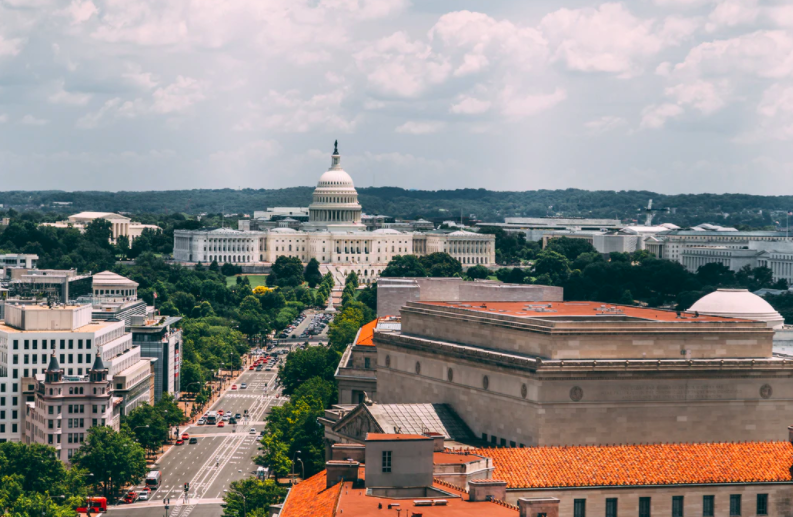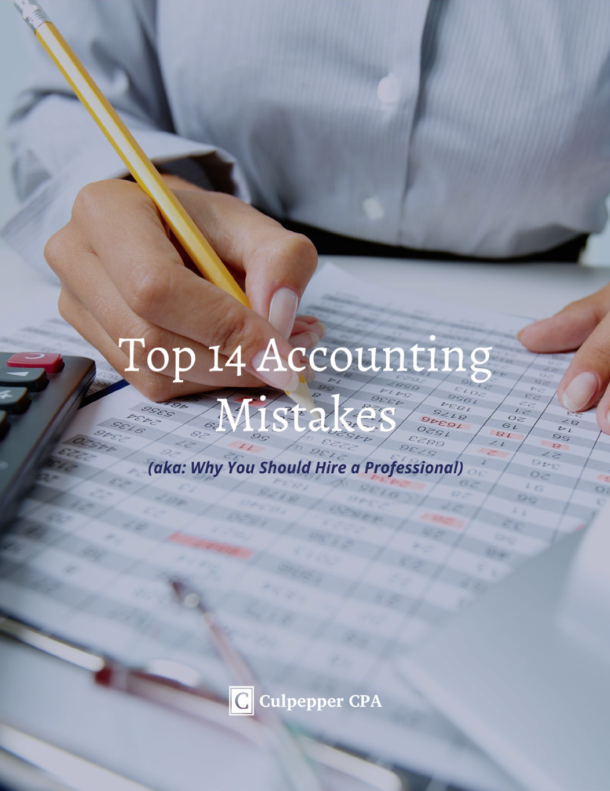Last month’s blog covered the details of the Paycheck Protection Program (PPP) Loan – a specific part of House Resolution 748 – the Coronavirus Aid, Relief, and Economic Security (CARES) Act. To no surprise, there was some additional follow-up legislation regarding this Program.
On June 5, President Trump signed into law House Resolution 7010 – the Paycheck Protection Program Flexibility Act (PPPFA) of 2020. This Act provides significantly more flexibility for those recipients of PPP Loans and also allows them to take advantage of other recently-enacted legislation that the CARES Act prohibited.
Here’s a quick summary of the PPPFA:
- The portion of PPP Loan proceeds that must be spent on payroll costs in order to be eligible for loan forgiveness has been lowered from 75% to 60%.
- The “Covered Period” – the time that PPP Loan recipients have to use the proceeds on eligible expenses – has been increased from 8 weeks to 24 weeks.
- The deadline to re-hire workers to meet minimum requirements for loan forgiveness has been extended from June 30 to December 31, 2020.
- There is an exception to the requirement to rehire workers to achieve the same level of full-time equivalents that were in place before the loan, if the employer is able to demonstrate an inability to hire similarly qualified employees.
- The repayment term for any PPP Loan (or any portion thereof) that is not forgiven, is extended from two years to five years.
- The ineligibility to defer payment of certain payroll taxes under Sec. 2302 of the CARES Act is eliminated. PPP Loan recipients can now participate in the deferral of 50% of these payroll taxes until December 31, 2021 and the other 50% until December 31, 2022.
This latest Act certainly provides substantially more flexibility for PPP Loan recipients and will undoubtedly result in many more being eligible for full loan forgiveness. The impact of lowering the portion required to be dedicated to payroll costs (from 75% to 60%), and tripling the time frame businesses have to spend these funds (from 8 weeks to 24 weeks) cannot be understated.
One of the primary purposes of creating the flexibility provided by this Act was to help those Loan recipients who were in industries most impacted by state lockdowns. Many in the restaurant, retail, and medical fields (just to name a few) had received PPP Loans but were unable (or barely able) to open back up and start spending those funds before the end of their 8 week Covered Period. This Act mostly eliminates those concerns.
As with most other tax legislation, there’s a lot of other detail, but unlike several of the recent bills, this one is pretty straightforward.
While the PPPFA will surely benefit most all PPP Loan recipients, it’s still imperative to make sure you understand and adhere to the guidelines surrounding the use of these funds. Professional assistance is a must – whether you still haven’t applied for one of these loans or you have already received the proceeds and are in the process of tracking the use of it on eligible expenses. Properly using these funds and accurately completing your loan forgiveness application will have tremendous impact on your business.
Don’t give away free money! Reach out to us for guidance to make sure you maximize the benefits available to you under all of the recent Coronavirus-related tax legislation. We’re always here to help.


